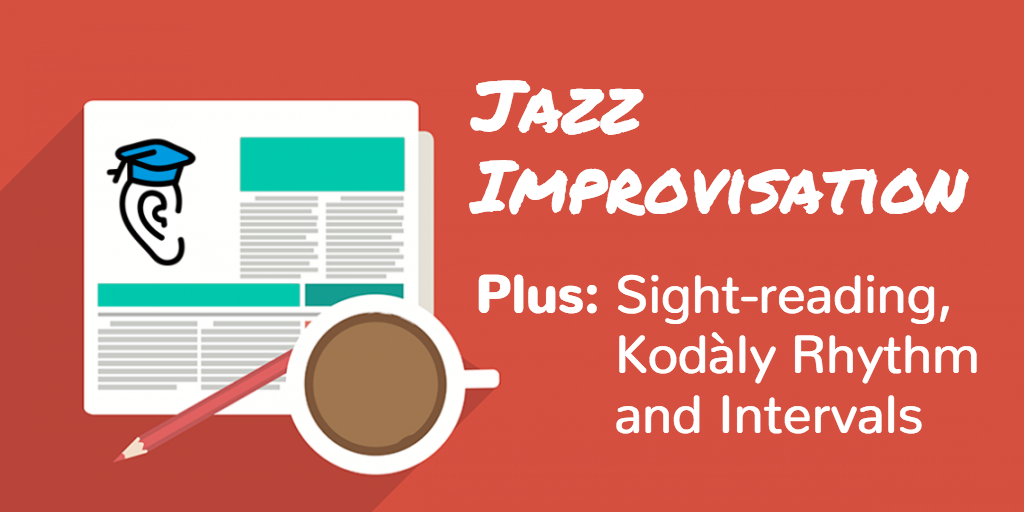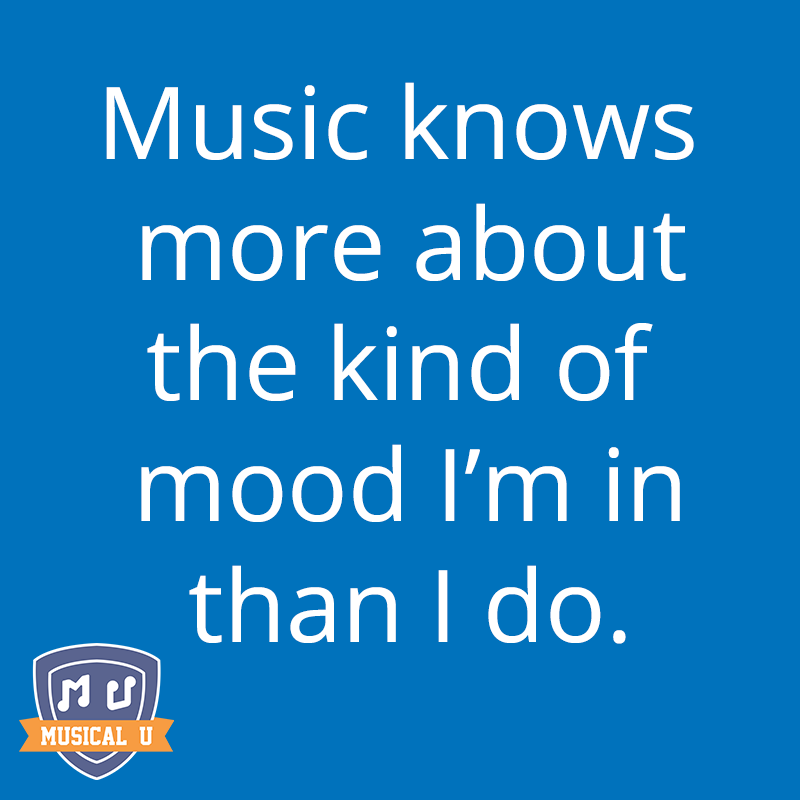It’s been an exciting week! We tackled three of the major mysteries for modern musicians:
- How does jazz improvisation work?
- What’s so special about learning intervals? and
- How can you get started sight reading music?
We’ve also got a handy way to count out the syncopated rhythms that often trip up musicians. Read on to get the answers to all these questions and more…
All that Jazz
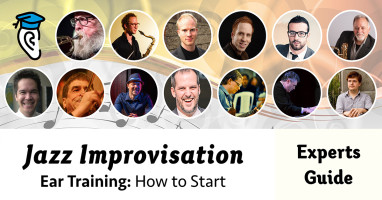 Most musicians are intimidated by jazz, and especially jazz improvisation. The advice offered to beginners is often confusing or overly formulaic. Following on from our previous tutorial on starting jazz improvisation we asked 13 of the top professional jazz musicians and educators the question:
Most musicians are intimidated by jazz, and especially jazz improvisation. The advice offered to beginners is often confusing or overly formulaic. Following on from our previous tutorial on starting jazz improvisation we asked 13 of the top professional jazz musicians and educators the question:
“What ear training advice would you give you to someone just starting out with jazz improvisation?”
Check out their answers in the experts guide to starting jazz improvisation to learn why listening is so important, and pick up some practical tips and tricks to help you develop that instinctive ability to play great solos and become the jazz improvisor you have always dreamed of.
The Power of Intervals
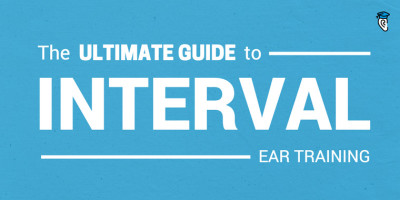 Recognising intervals will take your music learning to a whole new level. It will open the door to recognising chords and chord progressions, improvisation and playing by ear. This is advice you often hear and it sounds like a pretty worthwhile use of your time, right? But how exactly does interval recognition work – and how do you get started?
Recognising intervals will take your music learning to a whole new level. It will open the door to recognising chords and chord progressions, improvisation and playing by ear. This is advice you often hear and it sounds like a pretty worthwhile use of your time, right? But how exactly does interval recognition work – and how do you get started?
At Easy Ear Training we have always understood the importance of interval ear training and we have a huge number of articles and tutorials about intervals. Finally we have now collated all that information and we present to you… The Ultimate Guide to Intervals! It covers everything you need to know about interval ear training in detail, with “bite-size” answers to all the key questions you might have.
Scared of Sight-reading?
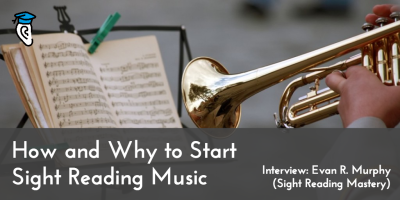 Evan R. Murphy from SightReadingMastery.com joined us for an interview this week to share why he thinks sight-reading is important for all musicians. Check out his advice on how to get started sight-reading and be prepared to reap the benefits including learning a wide range of music faster, wowing at auditions and impressing your friends by being able to play any sheet music they put in front of you.
Evan R. Murphy from SightReadingMastery.com joined us for an interview this week to share why he thinks sight-reading is important for all musicians. Check out his advice on how to get started sight-reading and be prepared to reap the benefits including learning a wide range of music faster, wowing at auditions and impressing your friends by being able to play any sheet music they put in front of you.
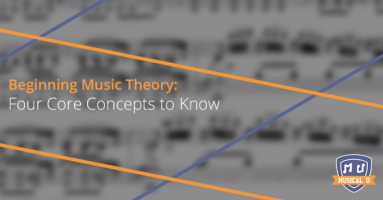 You’re probably thinking “to sight read, I’ll need to know some music theory, right?” There is something about the phrase “Music Theory” that makes more people either flinch or yawn. Luckily our friends over at Musical U have broken it down into four core concepts in their latest blogpost on music theory basics. Turns out it’s as easy as “A, B, C”.
You’re probably thinking “to sight read, I’ll need to know some music theory, right?” There is something about the phrase “Music Theory” that makes more people either flinch or yawn. Luckily our friends over at Musical U have broken it down into four core concepts in their latest blogpost on music theory basics. Turns out it’s as easy as “A, B, C”.
Talking Syncopated Kodály – Ka-Ti-Ka-Ti-Tum
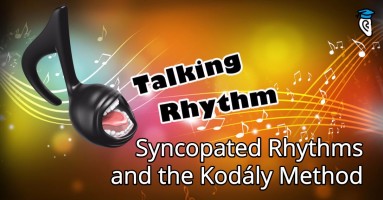 For the penultimate tutorial in our Talking Rhythm series Sabrina Peña Young covers how to speak syncopated rhythms using the Kodály method. With example notation and audio clips you’ll be fluent in Kodály rhythm in no time!
For the penultimate tutorial in our Talking Rhythm series Sabrina Peña Young covers how to speak syncopated rhythms using the Kodály method. With example notation and audio clips you’ll be fluent in Kodály rhythm in no time!
If you’re still feeling intimidated by rhythm, let the latest article from Making Music Magazine explain why sticking to the notated rhythm 100% is something that computers do – not musicians.
Finally this week, a few fun bits and musical pieces:
Music is the soundtrack to our lives and here is a heart-warming example: check out this married couple playing a piano duet to celebrate their 60th wedding anniversary.
Our biggest congratulations to Jason Heath over at the Double Bass Blog for hitting the 500,000 (wow!) mark with his podcast, Contrabass Conversations.
And with all your jazz improvisation, interval, sight-reading and rhythm questions taken care of we’ll leave you with our favourite quote from the Musical U Facebook page:
(Click to Like if you agree!)

